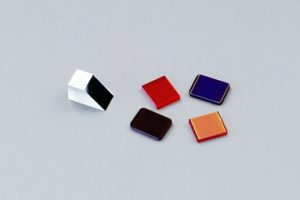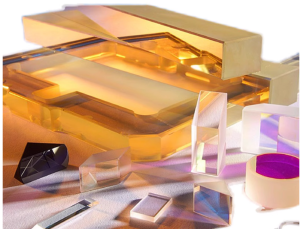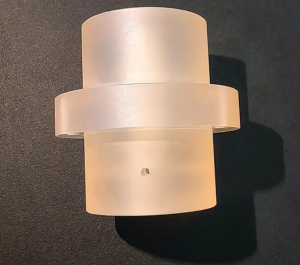Optical filters are used to “attenuate or enhance the image.”. Optical filters can also reflect unique wavelengths, dividing images into two identical images or transmitting images. Choosing the right filter for your work is crucial because its application will determine style and manufacturing technology.
“In order to truly determine that you are purchasing the correct optical filter, you need to understand the basic lens language,” explained the optical filter designer and engineer. The following are some terms that you need to understand, and your lens manufacturer will make the following requirements when he tries to help you invest in the right lens:
Bandwidth. This is the wavelength range that represents the portion of the spectrum that energy will pass through the optical filter.
The central wavelength is the “midpoint between wavelengths” of the image to be transmitted.
You also need to know the blocking range of the filter. This is the wavelength interval that will be used to “represent the spectral region of energy,” and is discussed based on optical density.
Speaking of optical density, this is the blocking specification of the filter you are looking at because it is related to the level of energy that will pass through it. You will choose high optical density and low optical density.
If it is necessary to reflect or transmit light, it is necessary to study dichroic filters. The filter is suitable for absorbing and reflecting light and wavelength ranges, and is typically used for short pass and long pass applications.
Communication and confirmation with our technicians can help you narrow the parameter range of the required optical filter and ensure that you purchase the correct filter and lens.




